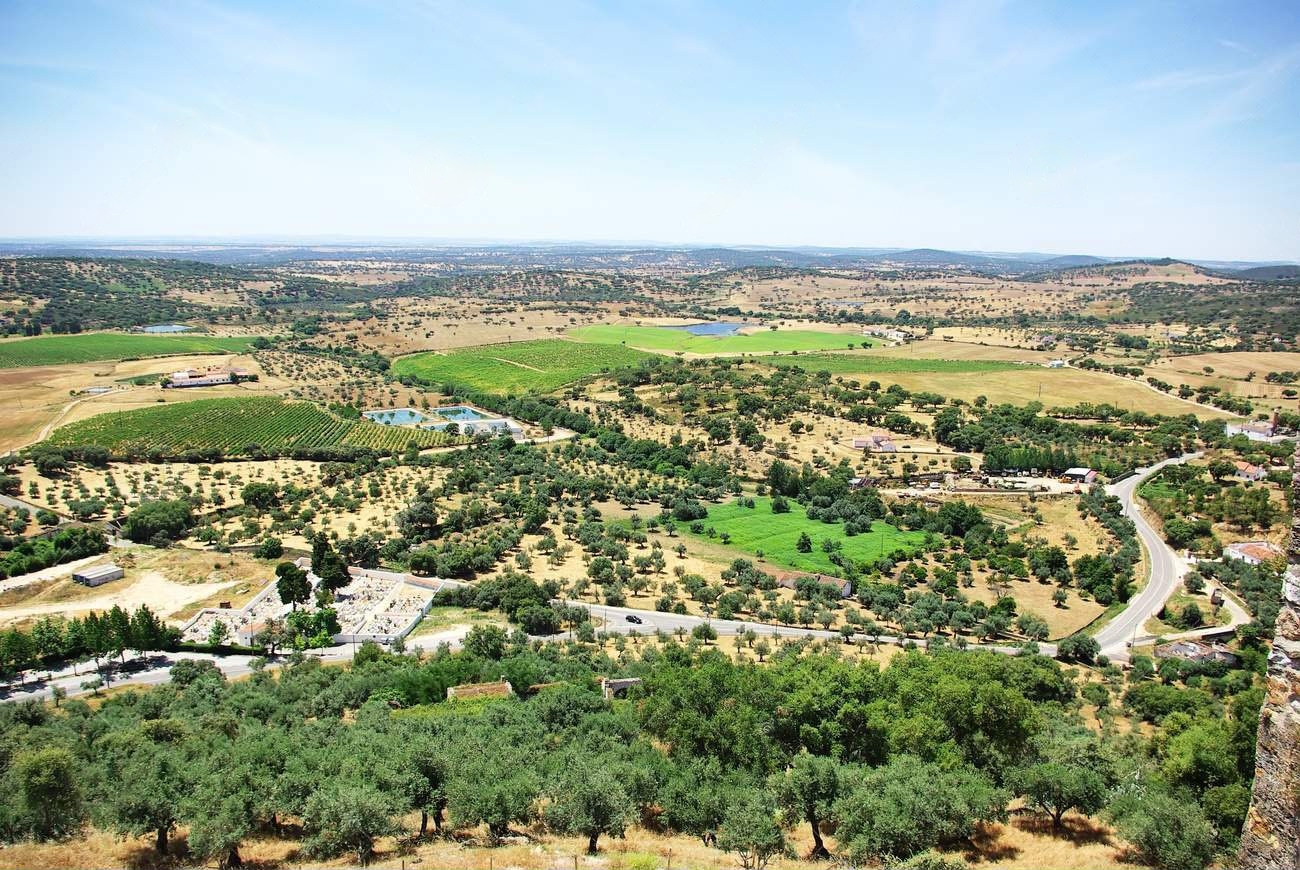
Potential of rural areas for Renewable Energy Communities
- Home
- I am curious
- Potential of rural areas for Renewable Energy Communities
“Rural areas are the fabric of our society and the heartbeat of our economy. They are a core part of our identity and our economic potential. We will cherish and preserve our rural areas and invest in their future”. Ursula Von der Leyen, July 2019,
Green economy opportunities and digital technology (making remote work possible) have made society more demanding, and with renewed attention to rural areas as places of well-being, security, communion with nature and new possibilities for social and economic renewal. It should be noted that natural resources in rural areas are essential assets for a sustainable and prosperous future. Therefore, it is essential that rural areas have enterprising, innovative, and competent people who contribute to technological, ecological and social progress.
Renewable energies represent an opportunity to combat energy poverty in rural areas, mitigating climate change, enhancing business models, and conserving their value within rural communities.
Finally, highlight that the EU Action Plan for Rural Areas will pave the way to promote territorial cohesion and create opportunities to attract innovative companies, grant access to quality jobs, promote new and improved skills, ensure better infrastructure and services, and explore the role of sustainable agriculture as well as diversified economic activities.
1) Benefits to participating in an Energy community
- Contribute to building the system we need to end the climate crisis;
- Help reduce funding and support for fossil fuels;
- Contribute to reducing energy poverty in your neighbourhood, village or city;
- Opportunity to meet your neighbors and strengthen your community;
- Produce your own renewable energy;
- Promote greater clarification on issues related to energy, climate and democracy;
- Strengthen the local economy;
- Show other communities that it is possible;
- Contribute to the creation of a more local and circular economy;
- Build the world you want to see;
- Energy self-sufficiency;
- Conscious consumption;
- Local, natural and clean energy;
- Greater social cohesion;
- Energy as a social good/service;
- Job increase;
- Increased environmental awareness;
- Reduction of environmental impacts.
2) Potential obstacles to participation in an Energy community
- High investment;
- Legal and bureaucratic difficulties;
- Resources to boost the community;
- Investment risk;
- Little community spirit;
- Lack of information/awareness of people;
- Difficulty keeping members interested in the community;
- Accommodation to the current system;
- Municipality's technical capacity to take over the network;
- Technical capacity for installation and maintenance;
- Conflict of uses;
- Orientation of roofs;
- Infrastructure maintenance cost;
- Fair distribution to all community members.
